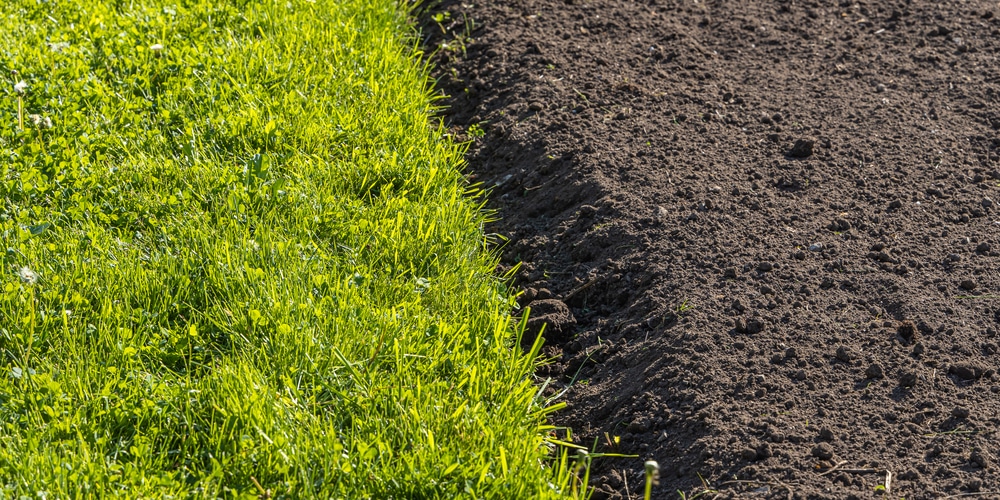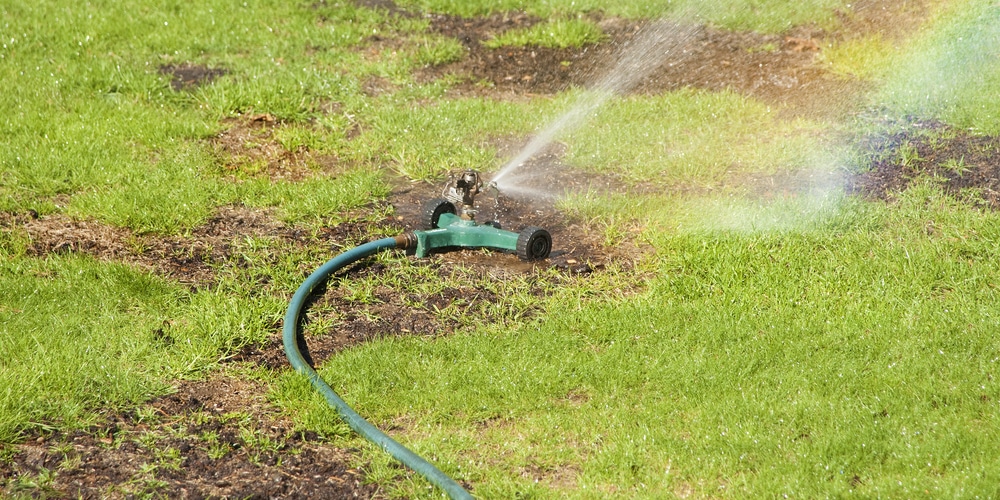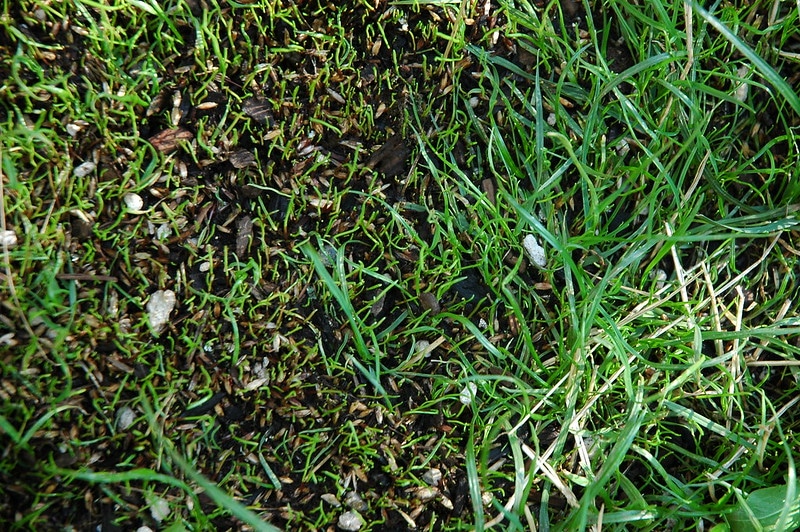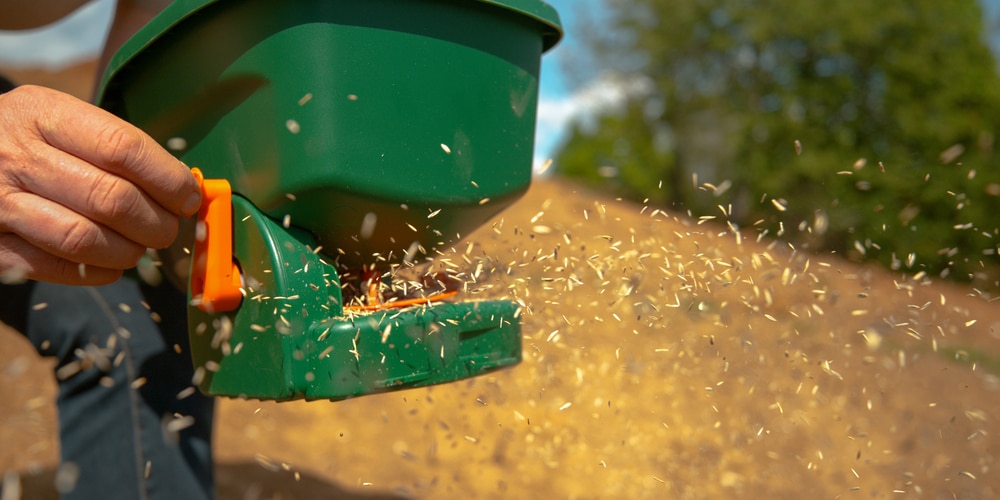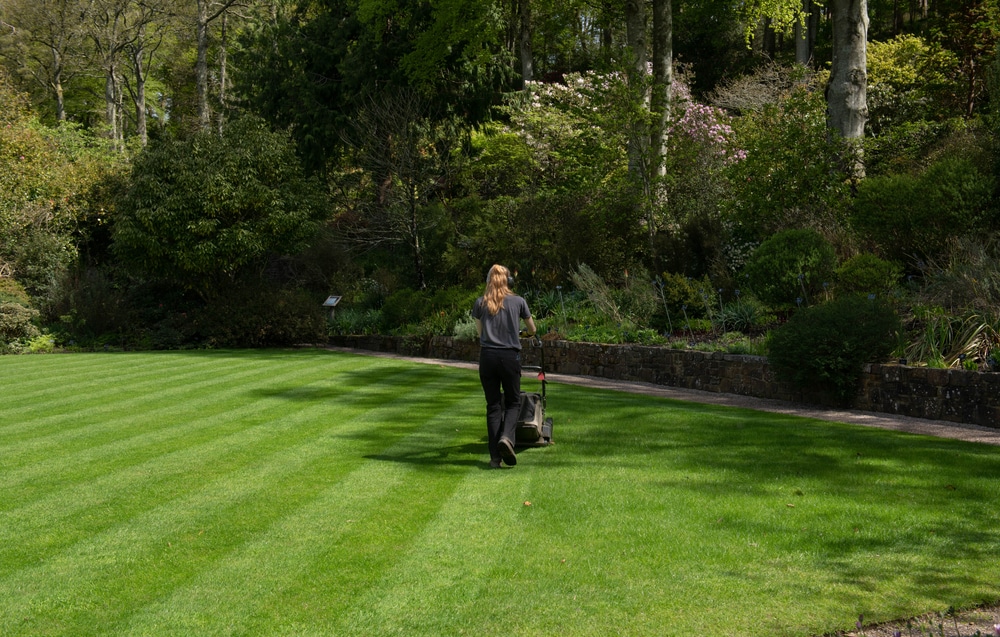| Question | When to Plant Grass Seed in Virginia? |
|---|---|
| Answer | Early fall (late August to mid-October) and late spring (mid-April to early June). |
| More Info |
|
In Virginia, the optimal times for planting grass seed fall into two main periods: early fall and late spring. The best time for fall planting is from late August to mid-October.
This period allows grass seeds to germinate and establish a strong root system before winter, taking advantage of the typically mild fall weather and adequate rainfall.
Spring planting should occur from mid-April to early June, after the last frost when soil temperatures have warmed sufficiently. While fall is considered ideal due to better conditions for seed germination and growth, spring planting can also be successful, especially with proper care and watering.
Virginia’s Climate & Seeding
Virginia’s climate presents unique opportunities and challenges for planting grass seed due to its position on the cusp of different climatic zones. Generally, the state experiences four distinct seasons, characterized by hot, humid summers and moderately cold winters.
Key Seeding Seasons:
- Fall: Optimal time for seeding, leveraging cooler temperatures and consistent rainfall.
- Spring: Another seeding window, although less ideal due to potential summer heat stress.
Temperature and Moisture:
- Soil temperature: Should be between 50-65°F (10-18°C) for most cool-season grasses.
- Moisture: Steady, but not excessive, to foster seed germination without causing rot.
Grass Seed Varieties:
- Cool-season grasses like tall fescue and Kentucky bluegrass thrive in Virginia.
It’s vital for individuals to conduct soil tests to assess quality and pH levels before planting. The state’s weather patterns, including seasonal rainfall, should be accounted for to maximize seed growth potential.
Optimal Seeding Times in Virginia
In Virginia, the timing of planting grass seed is crucial for ensuring healthy lawn establishment. Both spring and fall have their own set of optimal conditions that favor seed germination and growth.
Spring Seeding Guidelines
When they plant grass seed in spring, Virginians should aim for the period from mid-March to mid-April. During this window, soil temperatures are typically on the rise and the weather pattern stabilizes, providing a conducive environment for seed germination.
- Soil Temperature: Seeds need a soil temperature above 50°F to germinate effectively.
- Frost Dates: Gardeners should wait until after the last expected frost to avoid damage to new seedlings.
- Weed Competition: Spring seeding may face increased weed competition as many weedy species also germinate vigorously in spring.
Fall Seeding Considerations
Fall planting is generally recommended as the best time to sow grass seed in Virginia, with the timeframe extending from September to October. Key reasons include:
- Soil Warmth: The ground retains summer warmth, expediting seed germination.
- Less Weed Competition: Cooler temperatures in fall usually mean fewer weeds to compete with young grass.
- Root Development: Fall seeding allows the grass to establish a strong root system, positioning it for robust growth in spring.
Selecting the Right Grass Seed for Virginia
In Virginia, one can choose from several varieties of grass seed, each with its unique strengths suited to the state’s diverse climate. The key to a lush lawn is picking a species that can thrive in Virginia’s weather patterns.
Cool-Season Grasses are generally the most appropriate for Virginia’s climate, providing a vibrant lawn throughout much of the year.
- Tall Fescue is the most versatile and commonly used. It is durable, has good shade tolerance, and can handle a bit of heat.
- Kentucky Bluegrass is valued for its fine texture and rich color. It requires more maintenance but offers a dense, carpet-like appearance.
- Perennial Ryegrass is known for quick germination and is often mixed with other grass types to enhance a lawn’s durability and appearance.
Warm-Season Grasses are less common but can be suitable for certain areas in Virginia.
- Bermuda Grass can handle heat, drought, and heavy foot traffic. However, it goes dormant during colder months.
- Zoysia Grass is slow to establish but forms a dense turf that resists weeds and tolerates heat and light shade.
When selecting grass seed, Virginians should also consider:
- Soil Quality: Conduct a soil test to determine pH and nutrient levels.
- Shade: Some grasses require full sun, while others tolerate partial shade.
- Maintenance: Consider your willingness to engage in regular lawn care activities like mowing and fertilizing.
Soil Preparation and Seeding Techniques
Proper soil preparation is crucial for the successful germination of grass seeds. The gardener should begin with testing the soil pH, which ideally should be between 6.0 and 7.0 for most grass types. Amendments like lime or sulfur can adjust the soil pH as needed.
Soil Aeration and Nutrient Management:
- Aerating: Loosen the soil to promote oxygen circulation using an aerator.
- Add Nutrients: Incorporate the required fertilizers based on soil test results to provide essential nutrients.
Removing Debris and Weeds:
- Clear the Area: Remove any rocks, sticks, and weeds from the intended planting area.
- Spread the Seeds: Evenly distribute the grass seed using a spreader.
- Rake Lightly: This ensures seeds are in contact with the soil without burying them too deeply.
- Water Thoroughly: Keep the soil consistently moist to encourage germination.
Special attention to watering practices is important—they should always water in a manner that keeps the soil moist, especially the first eight inches, without causing runoff.
One must also ensure the application of a starter fertilizer to provide seedlings with necessary nutrients.
Moreover, a light layer of straw may be used to protect the seeds and retain soil moisture, but one must ensure it is not too thick to permit light penetration and prevent seedlings from emerging.
Note: Care and patience are paramount during the seeding process. These steps can significantly affect the chances of establishing a lush, healthy lawn.
Post-Seeding Care
After sowing grass seed in Virginia, proper care is crucial to ensure the establishment of a healthy and durable lawn.
Initial watering is key—seed beds should be kept consistently moist but not waterlogged.
Ideally, they recommend watering at least once or twice daily, or enough to prevent the top inch of soil from drying out.
Watering Guide:
- Frequency: 1-2 times daily
- Goal: Keep the top inch of soil moist
As seedlings emerge and grow, it’s important to gradually reduce watering frequency, allowing the soil to dry slightly between watering. This encourages deeper root growth.
Mowing should begin when the grass reaches about three inches in height.
Always use a sharp blade to avoid tearing the young grass, and never cut more than one third of the grass blade in a single mowing session to avoid stress on the new growth.
Mowing Tips:
- Begin when grass is ≈3 inches tall
- Use sharp blades
- Cut no more than ⅓ of the blade height
Fertilization should be done carefully, with a starter fertilizer used during seeding and a follow-up application approximately four to six weeks later, depending on the product’s specifications and the grass type. However, over-fertilization can harm the young grass.
Fertilizing Schedule:
- Initial: Starter fertilizer during seeding
- Follow-Up: 4-6 weeks later
Weed control is another important aspect, but herbicides should not be applied until the lawn has been mowed at least three times to avoid damage to the tender grass seedlings.
Lastly, foot traffic on the new lawn should be minimized until the grass is well-established to prevent compacting the soil and damaging young seedlings.
Frequently Asked Questions
In Virginia, the timing for planting grass seed is crucial for successful lawn establishment. It varies depending on the region and the type of grass. These FAQs address common concerns for homeowners looking to seed their lawns.
What is the ideal timing for seeding lawns in Northern Virginia?
For Northern Virginia, the best seeding time is typically from late August to October, to ensure the grass can establish before winter sets in.
How should I select the best type of grass seed for my lawn in Virginia?
Homeowners should consider Virginia’s climate and their specific lawn conditions.
Cool-season grasses like Kentucky bluegrass and tall fescue are generally suitable for Virginia’s weather patterns.
What are the steps to properly overseed an existing lawn in Virginia?
One should start by mowing the lawn short and removing debris.
They then need to aerate the soil and spread the grass seed evenly, followed by proper watering to ensure seed germination and growth.
During which months is it recommended to sow grass seed in Virginia?
Grass seed in Virginia is best sown between mid-August and mid-September for cool-season grasses.
Meanwhile, warm-season grasses should be planted between late spring and early summer.
Is it advisable to plant grass seed during the spring season in Virginia?
While it’s possible to seed in the spring, fall is generally preferred for planting grass seed in Virginia due to more favorable soil temperatures and moisture levels.
Can tall fescue grass seed be effectively grown in Virginia’s climate?
Tall fescue is well-suited for Virginia’s climate. It is a popular choice for its ability to thrive in this region, with its deep roots and tolerance for heat and drought.
Last update on 2025-04-18 / Affiliate links / Images from Amazon Product Advertising API
